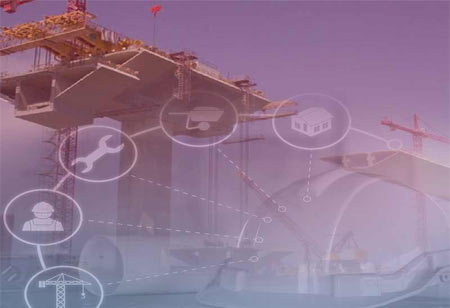Thank you for Subscribing to Construction Business Review Weekly Brief
Specials
- Apartment and Condominium Contractors Canada
- Decking Canada
- Architectural Glass Europe
- MEP APAC
- Construction Saudi Arabia
- German Apartment and Condominium Contractors
- Construction Law APAC
- Outdoor Construction
- Foundation Construction Canada
- MEP Canada
- Kitchen and Bath
- Cold Storage Construction APAC
- Precast Concrete Europe
- Construction Staffing Europe
- Pre-Construction Services
- Flooring System APAC
- Scaffolding Canada
- Swimming Pool Construction Canada
- Construction Management Canada
- Cold Storage Construction Canada
- Flooring Systems Europe
- Residential Construction
- Concrete Canada
- Construction Cladding Europe
- Construction Cladding APAC
- Concretes, Aggregates and Construction Materials APAC
- Concretes, Aggregates and Construction Materials Europe
- Commercial Contractors Europe
- Commercial Contractors APAC
- Dummy
- Construction Insulation, Coating and Waterproofing
- Construction Management APAC
- Landscaping Canada
- Construction Coating Europe
- Construction Tech Startups Europe
- Insulation Services Europe
- Mechanical Contractor Canada
- Mould Remediation and Testing Europe
- Swimming Pool Construction APAC
- Building Sealing Solutions Europe
- Construction Engineering Services
- Mechanical Electrical and Plumbing
- Roofing Systems Europe
- Architectural Glass APAC
- Startups APAC
- Construction Forensic and Owners Representative
- Flooring System
- Waterproofing APAC
- Wall Systems
- Safety and Compliance Europe
- Construction Bidding and Auctions
- Modular and Prefab Construction
- Architectural Glass
- Construction MENA
- Construction Demolition and Recycling Europe
- Modular Construction Europe
- Construction Interiors
- Steel Building APAC
- HVAC
- Doors and windows
- Construction Latam
- Building Information Modeling APAC
- Sustainable Construction APAC
- Building Restoration and Maintenance
- Commercial Contractors
- Specialty Construction
- Construction Engineering Canada
- Construction Engineering MENA
- Modular Construction Canada
- Modular Construction APAC
- Roofing and Siding Systems
- Workforce Management and Staffing
- Roofing Systems APAC
- Construction Consulting
- Steel Building Europe
- Construction Demolition and Recycling APAC
- Safety and Compliance APAC
- Concretes, Aggregates and Construction Materials
- Construction Cladding
Ways BIM Technology Benefits Underground Construction
The latest advances in building information modeling (BIM) have enabled construction technology, particularly underground, to become more dynamic and capable than ever.

By
Construction Business Review | Friday, October 14, 2022
Stay ahead of the industry with exclusive feature stories on the top companies, expert insights and the latest news delivered straight to your inbox. Subscribe today.
A BIM system is becoming one of the construction industry's most versatile and valuable tools. It is possible to incorporate underground construction into BIM to enhance its potential further.
FREMONT, CA: The latest advances in building information modeling (BIM) have enabled construction technology, particularly underground, to become more dynamic and capable than ever.
Working around buried structures and components is a challenge by nature. Still, by incorporating BIM, the process can be made much more efficient, safer, and clearer than its traditional counterpart.
Understanding underground structures: BIM construction technology allows underground structures to blend into their surroundings in a big-picture context. Adding below-surface items to BIM allows the project to be visualized and designed from top to bottom, from beginning to end. The underground components must integrate with the primary structure and adapt to its requirements. Incorporating them into the BIM ensures everything is considered. Buried water lines, among other things, are important to the building.
Less Invasive Construction: Excavation of trenches is a destructive process that disrupts the surrounding environment and the local community. Microtunnels are far less invasive than trenchless excavation. BIM makes these processes easier to implement.
The above-ground tools are useful for detecting buried structures. A detailed digital model can be created using that information for things like pipes and tunnels. Planning makes it possible to dig inconspicuously.
See Also : Top BIM Services Companies in Canada





